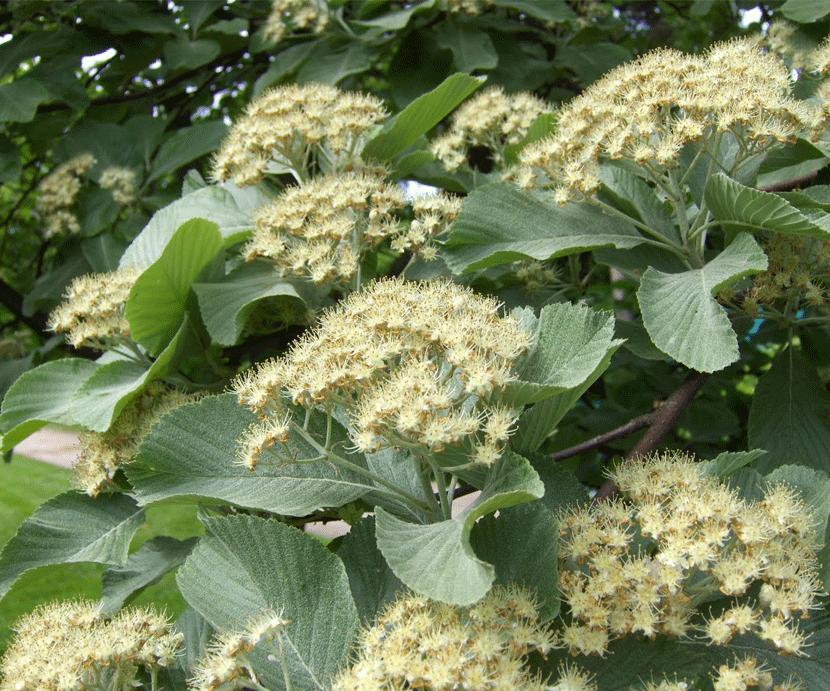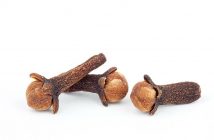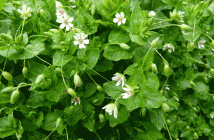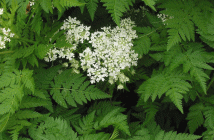 There are two main classes of burdock. Common burdock ( Arctium Zappa) is commonly found on dry roadsides and wastelands in temperate zones. A biennial reaching more than three feet in height, it possesses big, oval leaves that are dull green on top and downy under¬neath. Small, purple flower heads appear in mid-summer; its sharply hooked bracts evolve into clinging burs.
There are two main classes of burdock. Common burdock ( Arctium Zappa) is commonly found on dry roadsides and wastelands in temperate zones. A biennial reaching more than three feet in height, it possesses big, oval leaves that are dull green on top and downy under¬neath. Small, purple flower heads appear in mid-summer; its sharply hooked bracts evolve into clinging burs.
The leaf stems are peeled and added to soups. The dried leaves can be mixed with dandelion to make beer. The herb also has a variety of medicinal uses. A leaf infusion or decoration of the root can cleanse the blood and, as a hair rinse, controls dandruff. Boiled or crushed leaves are effective in the treatment of aches and bruises.
Greater burdock (Arctium Zappa) is often called cockle burr due to its round, brown bristly burrs. It is widely cultivated in Japan as a food source in much the same manner that we use carrots.
Greater burdock root is generally felt to be the most widely used herbal blood purifier. John Herman considers it “the most important herb for treating chronic skin problems,” (p. 103) including acne, boils, cankers, carbuncles, eczema, herpes, psoriasis, styles, syphilitic sores, and similar conditions. A burdock-catnip tea has been found effective in getting rid of persistent kidney stones and gallstones. Alternative-care physicians regularly prescribe dishes containing burdock root to patients recuperating from illness or surgery, or simply to ensure greater vigor and vitality.



